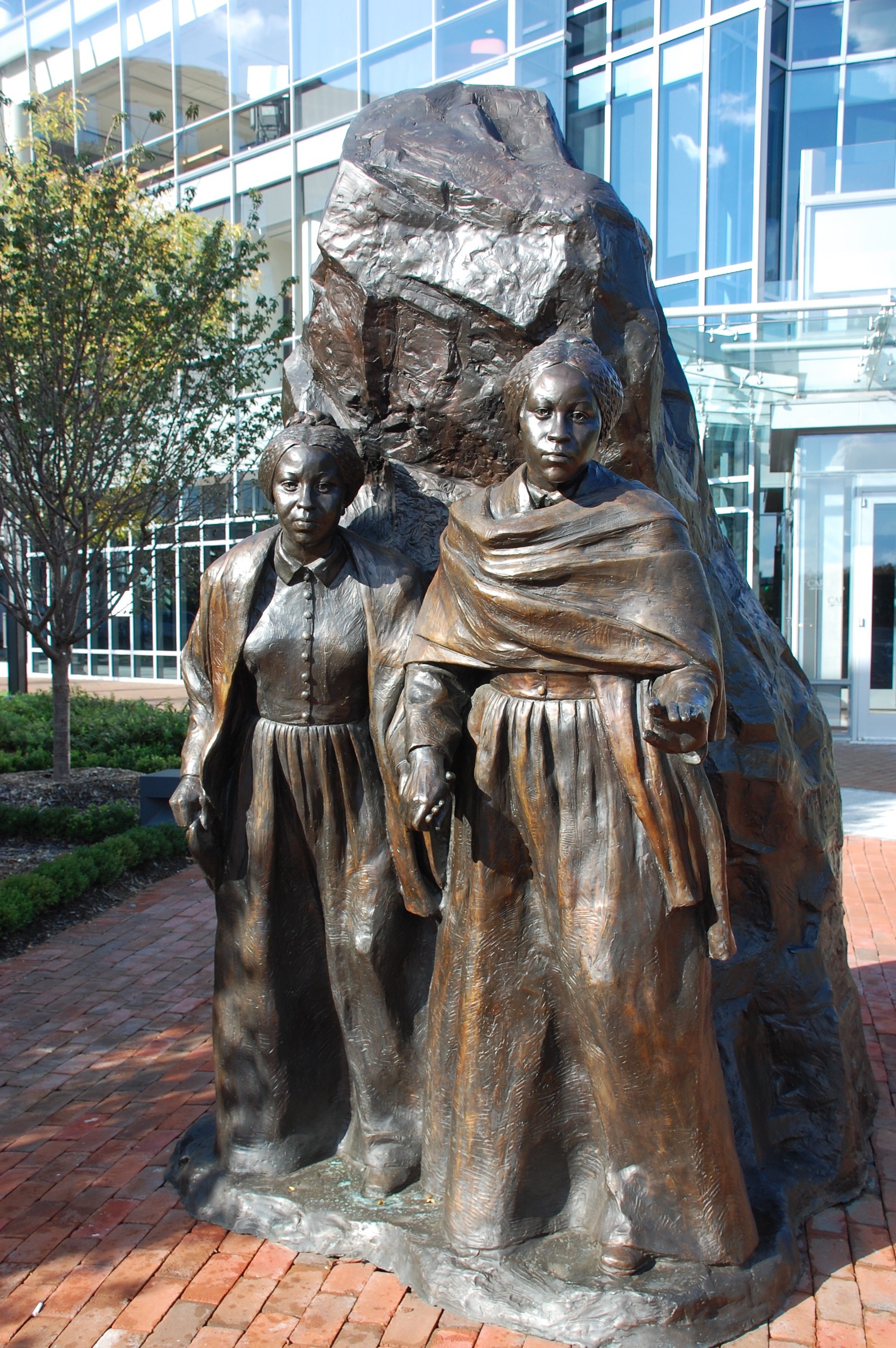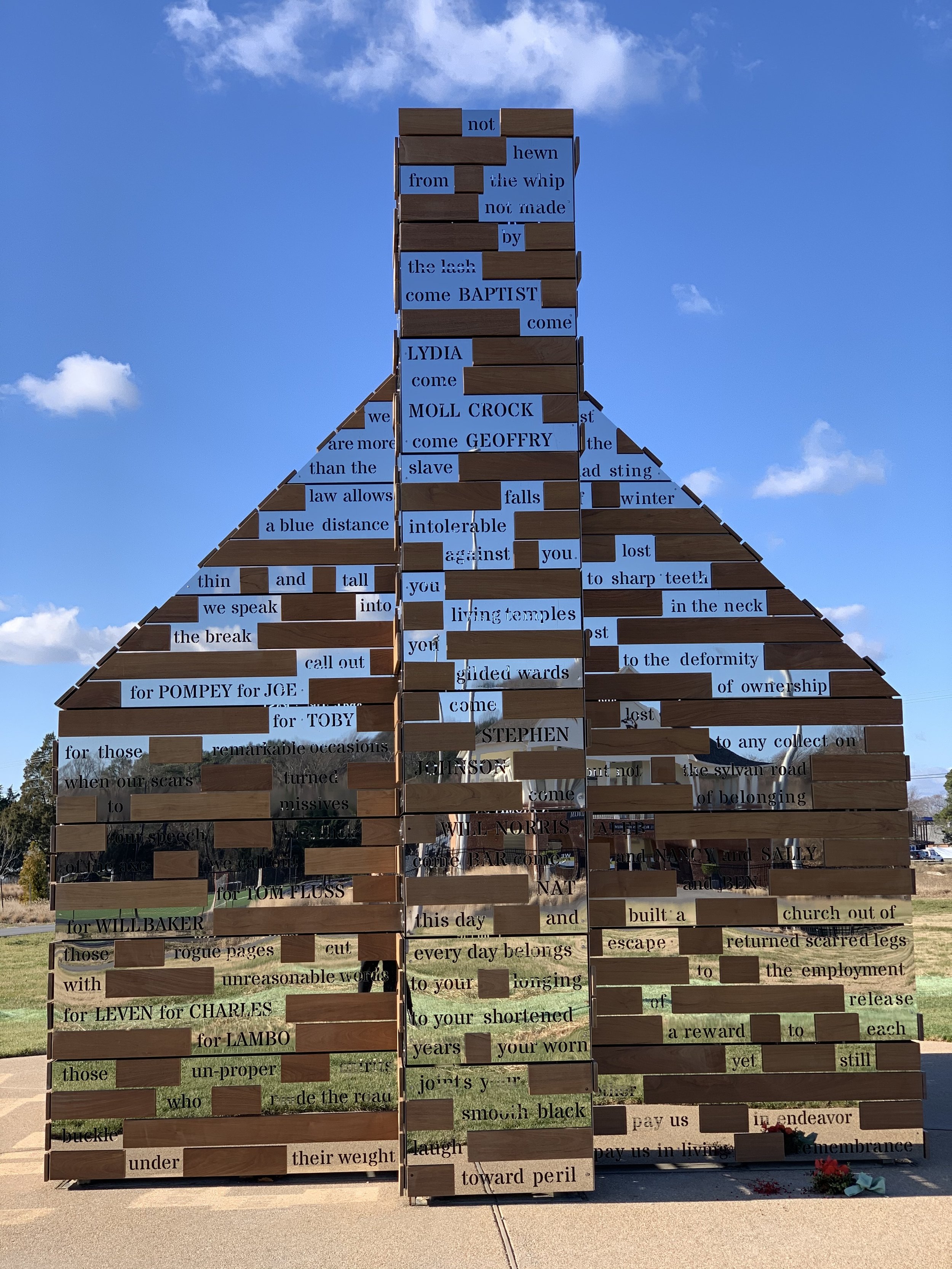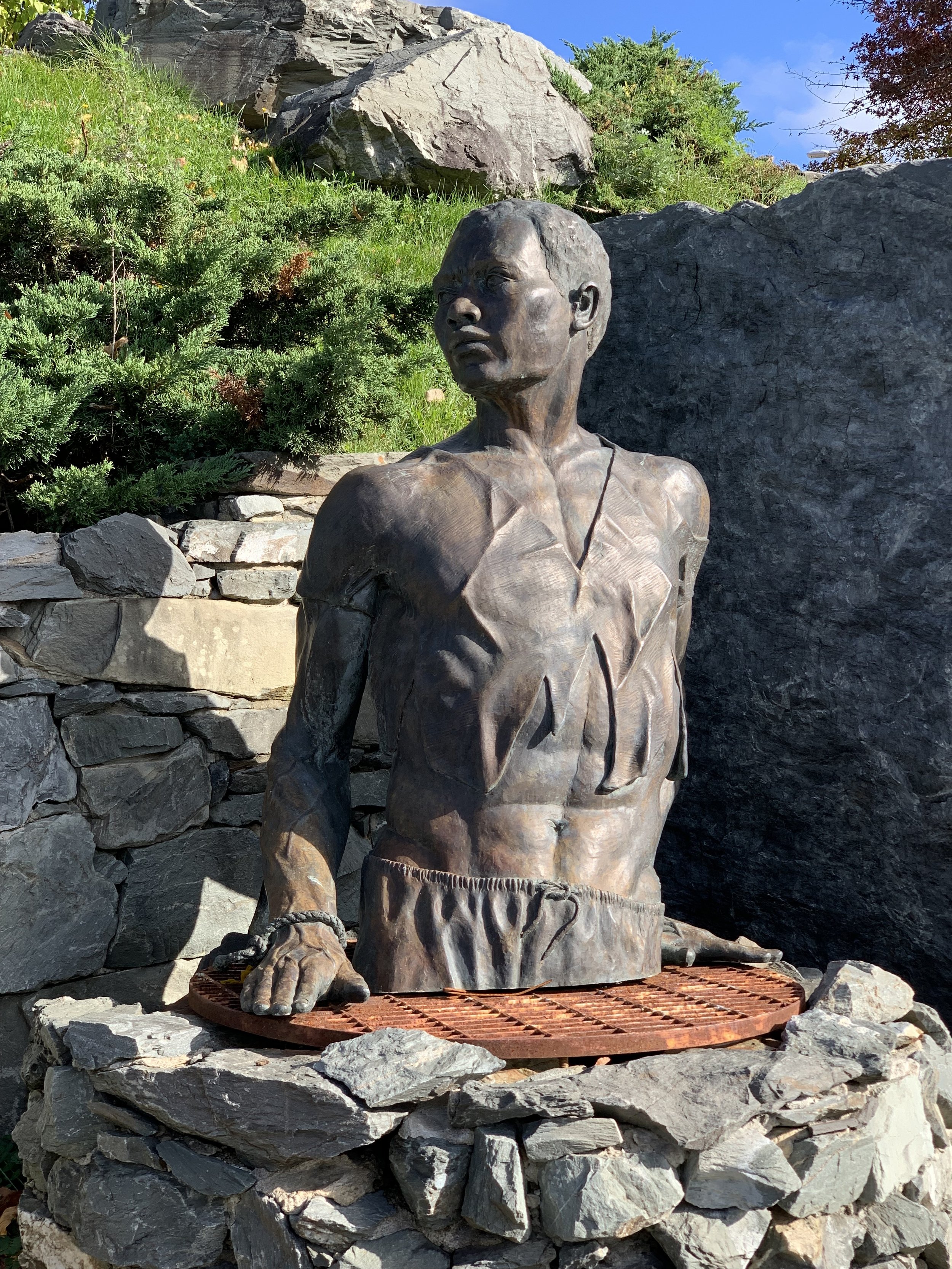After a four-year break from my “On Monuments” blog (!), I plan to post monthly as I begin the redesign of the Contemporary Monuments to the Slave Past (CMSP), an Omeka digital repository of 117 commemorative works related to chattel slavery. The blog and the digital repository project are interrelated in that the blog posts connect to the objects and stories in CMSP. Occasionally, I also will engage other types of monuments and memorials that are outside the parameters of the CMSP project. Several blog posts are in the works including a relook at the Edmonson Sisters Memorial in Alexandria, Virginia; a consideration of the cabin form and poetics of From Absence to Presence: The Commmemorative to Enslaved Peoples of Southern Maryland at St. Mary’s College of Maryland, and an examination of the relationship of the Chamberlain Freedom Park, pilgrimage, and the North to Freedom Memorial in Brewer, Maine.



During the long first year of the Covid-19 pandemic (2020-2021), my travels were confined to Washington, DC, Maryland, and Virginia. I visited two newly-dedicated memorials in the area: From Absence to Presence (blog forthcoming) and the National Native American Veterans Memorial at the National Museum of the American Indian in Washington, DC. Designed by Harvey Pratt (a Cheyenne and Arapaho Tribes of Oklahoma member), the National Native American Veterans Memorial is a stainless steel circle set on top of a black stone drum with water flowing over its surface. Set in an urban wetland, the monument is integrated into its site. Visitors can sit on granite benches that encircle the interior space of the monument. Four lances stand at even intervals around the circle. During my visit in February 2021, remnants of cloth for prayers and healing and personal objects were tied to the lances. What I remember most about sitting in the space was the soundscape of drumming and chanting from the dedication ceremony overlayed with the live bird song. Triggered as you enter the memorial, the chanting and drumming suggest an ongoing commemorative act, constantly activating the space of the monument for veterans and families and tribal members, and for me as a visitor. Amid the turmoil of the pandemic, the space provided for a peaceful and meditative experience.
Harvey Pratt, National Native American Veterans Memorial, dedicated November 11, 2020. Stainless steel and black granite. National Museum of the American Indian, Washington, DC.
Martin Puryear, Slavey Memorial, dedicated September 27, 2014. Granite, ductile cast iron, stainless steel. Brown University, Providence, Rhode Island.
Although the “On Monument” blog has been dormant, I have given many talks over the past four years and written several essays on memory, history, and commemoration. These include: “Tactility, Memory Work, and the Slavery Memorial,” in Slavery and Justice Report (2021); “Monument and Heritage Tourism: Memorializing Harriet Tubman and Thomas Garrett on the Underground Railroad in Delaware,” in Ending Slavery: The Antislavery Struggle in Perspective (2022); “The Monumental Work of Sonya Clark,” in Sonya Clark: We Are Each Other (2023); and “Female Allegory, Race, and the Civil War Memorial,” in Monuments and Myths: The America of Sculptors Augustus Saint-Gaudens and Daniel Chester French (2023). Check out the writing if you get a chance.
Stay tuned for new blog posts!

